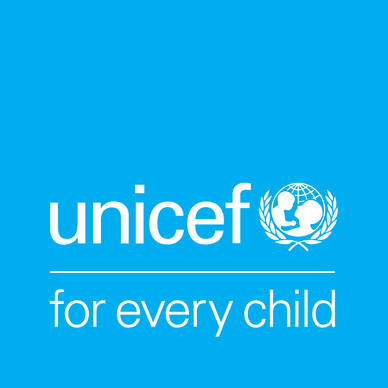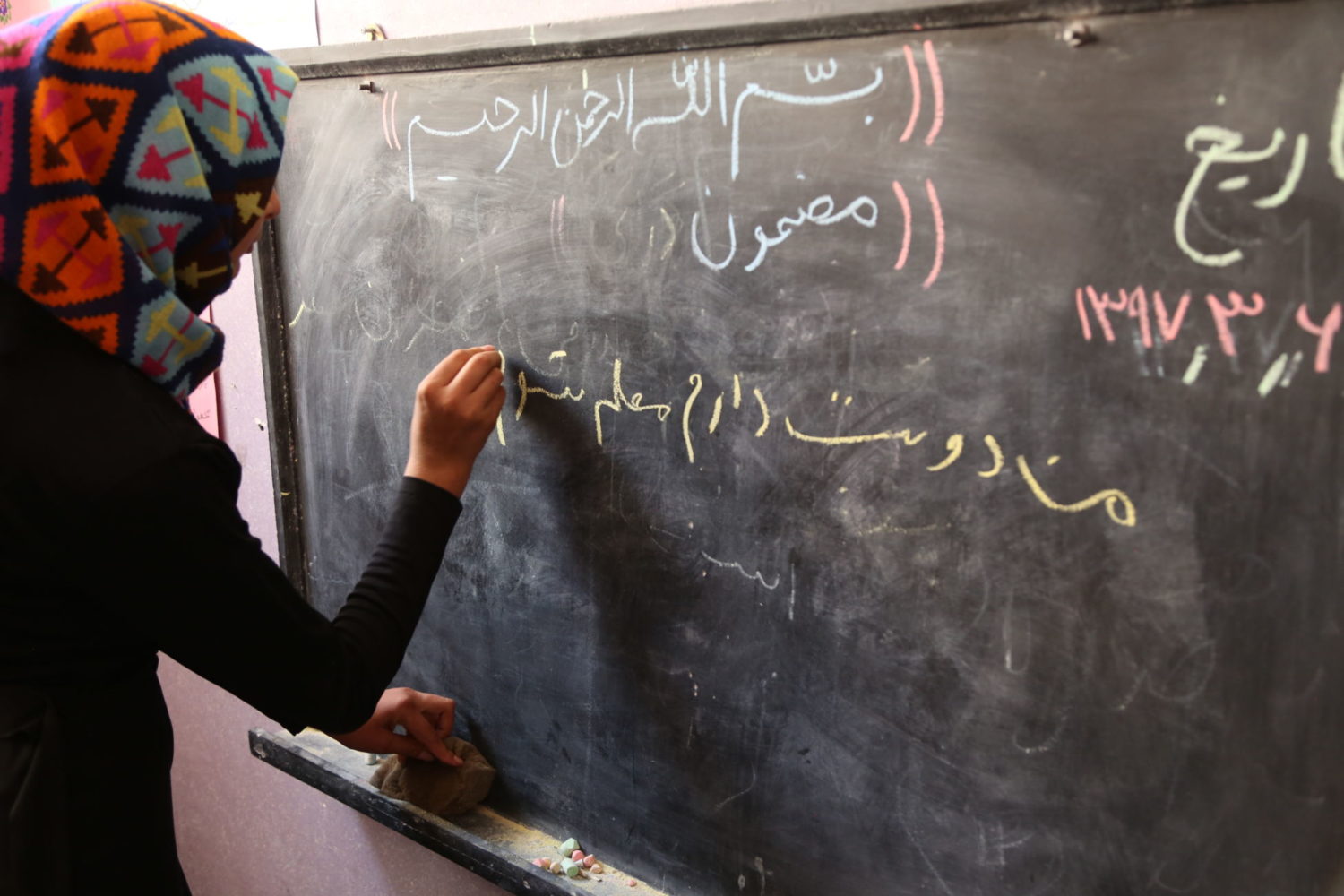This blog was originally published on the UNICEF Connect Evidence for Action blog.
Ensuring no child is excluded on the basis of gender is a priority identified in UNICEF’s new Education Strategy. To reach this goal, a commitment to strong intersectoral work is paramount. To understand what this means in practice, this blog outlines how Water, Sanitation and Hygiene (WASH) plays a significant role in girls’ access to education and could help unlock the future for millions of girls around the world.
WASH is fundamental for girls’ education
Every child – including every girl – has the right to a quality education, enshrined in the Convention on the Rights of the Child 30 years ago. The Sustainable Development Goal targets recognise that building safe, inclusive and effective learning environments is fundamental to increasing children’s access to education and improving learning outcomes. But nearly one third of schools around the world still lacked basic water, sanitation and hygiene services in 2016.
For girls, appropriate WASH facilities are a particularly important part of ensuring their safe and healthy participation in school. WASH facilities have both ‘push’ and ‘pull’ factors for girls’ education. Girls can struggle to attend and stay in school if they do not have safe, single-sex and hygienic facilities, which are essential for menstrual hygiene management (MHM). Although there is still little evidence, reports have recognised that ‘the introduction of appropriate water and sanitation facilities has been associated with improved girls’ attendance.’ In addition, WaterAid notes that ‘girls are particularly at risk of sexual violence when using unsafe facilities at school.’ Indeed, girls in the Cox’s Bazaar refugee camp in Bangladesh have reported feeling fearful in accessing latrines, and UNHCR notes that ‘young girls/children and women who walk long distances to water points are at risk of sexual violence.’
Conversely, learning about menstrual hygiene and pubertal changes can encourage girls to come to school during their menstruation. WASH facilities in schools and the wider community can also free girls from having to collect water, allowing them to have more time in education.
But conflict and crisis hinder development
Conflict has a huge impact on girls’ education and access to WASH. Conflict and crisis has led to 75 million children in urgent need of educational support, with girls in conflict-affected areas more than twice as likely to be out of school. Meanwhile, in extremely fragile contexts, people are eight times as likely to lack basic drinking water services and almost four times as likely to lack basic sanitation services, a situation which has a particular impact on children, and especially girls given the important role WASH plays in girls’ access to education and services. Therefore, any attempt to meaningfully address global access to WASH and education for girls, must include a focus on fragile and conflict-affected areas.
Why we must take a combined humanitarian-development approach
The growing number of protracted conflicts and longstanding humanitarian crises also make it increasingly important that programming on WASH and education address both emergency and longer-term needs, combining humanitarian and development programming. As articulated by UNICEF Chief of WASH Kelly Ann Naylor, ‘We can no longer respond to crises with humanitarian assistance alone; we must work towards building sustainable and resilient services that can help to create a more stable future for children and their families.’
What should be done?
It is crucial to support integrated programmes that improve access to both education and WASH, across the humanitarian-development nexus, in fragile and conflict-affected states. UNICEF recognises the importance of an integrated approach to safe, single-sex WASH facilities for girls in education. In 2018, 94% of the more than 8,000 schools directly supported in accessing WASH facilities had gender-segregated toilets and washing facilities. Also in 2018, UNICEF ‘provided 4.4 million children with access to appropriate male and female WASH facilities and hygiene education in schools, temporary learning spaces and other child-friendly spaces’ through humanitarian response programmes.
However, this is a shared responsibility and will require donors, governments, and those involved in both WASH and education sectors to step up activity in a number of areas. These include:
- strengthening multisectoral collaboration, especially between education and WASH, to secure multiple outcomes for children;
- ensuring gender-sensitive WASH facilities are addressed in humanitarian-development education programmes in conflict areas, and champion this work at the global level;
- advocating for more durable WASH solutions from the onset of an emergency, ensuring school and education authorities are a part of the planning process; and
- investing in WASH and education monitoring systems to enable effective monitoring of progress and to better target those children at risk of being left behind.
In 2015, the world committed to achieve gender parity in education and to build and upgrade education facilities that are child, disability and gender sensitive and provide safe, non-violent, inclusive and effective learning environments for all with Sustainable Development Goal 4. Approaching this via WASH might seem like a circuitous route. But, in fact, supporting access to safe, hygienic WASH facilities in fragile states is an important step in the road to achieving education for all girls.
Read more in UNICEF UK’s forthcoming briefing Education and Water under Fire: Ensuring Every Girl Learns and in UNICEF’s report Water Under Fire, Volume 1: Emergencies, development and peace in fragile and conflict-affected contexts.


